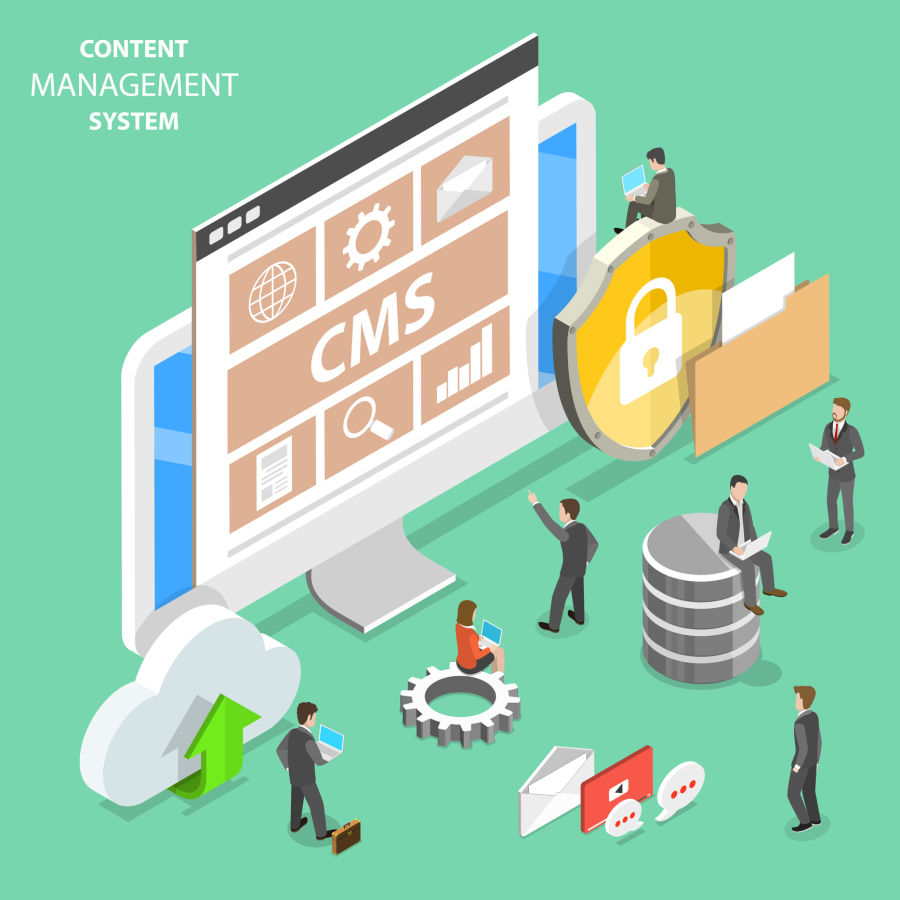//
Feb 1, 2023
8 Differences between the Pre- and Post-Sale Journey and How to Better Align Sales Expectations with Hubspot
The journey of a customer from the initial contact to the post-sale experience is crucial in determining the success of a business.
Both the pre-sale and post-sale journeys have significant differences that require a different approach to better align sales expectations. In this blog post, we'll outline 8 key differences between the pre- and post-sale journey and how can help to better engage with customers and drive success.
Objectives:
In the pre-sale journey, the primary objective is to build trust with potential customers, educate them about the product or service, and ultimately make a sale.
On the other hand, the post-sale journey's objective is to ensure customer satisfaction, build customer loyalty, and retain customers for repeat business. Understanding these objectives is crucial for businesses to tailor their approach and meet the needs of customers during each stage of the journey.
Communication:
Pre-sale communication is focused on selling and persuasion, as businesses aim to convince potential customers of the value of their product or service. This often involves showcasing product features and benefits, answering questions, and providing demos.
Post-sale communication, on the other hand, is focused on providing support and nurturing the customer relationship. This includes providing after-sales support, handling customer complaints, and following up with customers to ensure their satisfaction.
Touchpoints:

The number and types of touchpoints are different in the pre-sale and post-sale journeys. Pre-sale touchpoints include initial contact, demos, free trials, proposals, and negotiations.
Post-sale touchpoints include customer service, follow-up calls, feedback surveys, and upselling opportunities.
Understanding these touchpoints is crucial for businesses to provide a seamless experience for customers and to identify opportunities to better engage with them.
Focus:
During the pre-sale journey, the focus is on product features and benefits. Businesses aim to showcase the unique aspects of their product or service and how it can meet the needs of potential customers.
In contrast, the focus during the post-sale journey is on the customer's experience with the product or service. Businesses aim to ensure customer satisfaction, address any issues or concerns, and provide support to ensure the customer's success.
Decision-making:
The decision-making process is different in the pre- and post-sale journeys. Pre-sale decision-making is based on price, features, and benefits, as potential customers compare different options and choose the best fit for their needs.
Post-sale decision-making, on the other hand, is based on customer satisfaction and the customer's experience with the product or service. Understanding these decision-making processes is crucial for businesses to tailor their approach and meet the needs of customers during each stage of the journey.
Expectations:
Customer expectations are different in the pre-sale and post-sale journeys. Pre-sale customers expect to be convinced of the value of a product or service, and they look for clear and concise information to help them make a decision. Post-sale customers, on the other hand, expect a seamless experience and support.
They look for businesses that provide after-sales support, handle any issues or concerns, and follow up to ensure their satisfaction. Understanding these expectations is crucial for businesses to meet the needs of customers and to provide a positive experience.
Customer engagement:
Customer engagement is different in the pre-sale and post-sale journeys. Pre-sale customer engagement is focused on lead generation, as businesses aim to attract potential customers and generate interest in their product or service.
Post-sale customer engagement, on the other hand, is focused on customer retention and upselling. Businesses aim to ensure customer satisfaction, provide after-sales support, and identify opportunities to sell additional products or services.
Metrics:
The metrics used to measure success are different in the pre-sale and post-sale journeys. Pre-sale metrics include conversion rates, lead generation, and close rates, as businesses aim to measure their success in attracting and converting potential customers.
Post-sale metrics, on the other hand, include customer satisfaction, retention rates, and upsell rates
The Pre and Post Sales Journey's Differ, but The Approach Shouldn't
The pre- and post-sale journeys differ in several ways, including objectives, communication, touchpoints, focus, decision-making, expectations, customer engagement, and metrics.
Understanding these differences is crucial for businesses to tailor their approach and meet the needs of customers during each stage of the journey. In the pre-sale journey, the focus is on building trust and selling, while in the post-sale journey, the focus is on customer satisfaction and support.

HubSpot can be used to engage with customers throughout the buyer journey, providing a seamless experience and helping businesses to better align sales expectations and meet customer needs.
Looking to integrate marketing automation and CRM into your company? Contact us today and we'd be glad to help!
You can't have inbound marketing without a powerful CRM to back it up!
Not 100% on what a CRM can do for your business? Watermark is offering free self-serve training videos to guide you on how a CRM can enhance your sales and marketing teams.







